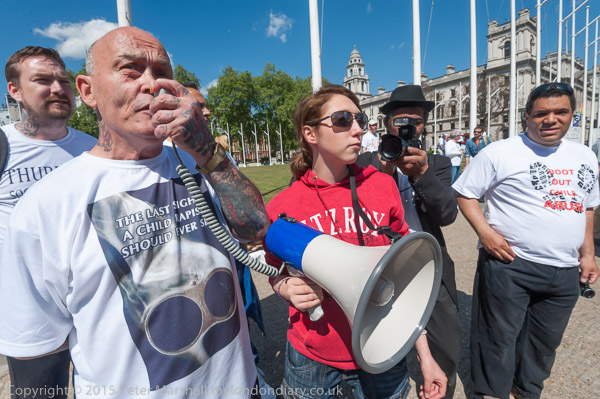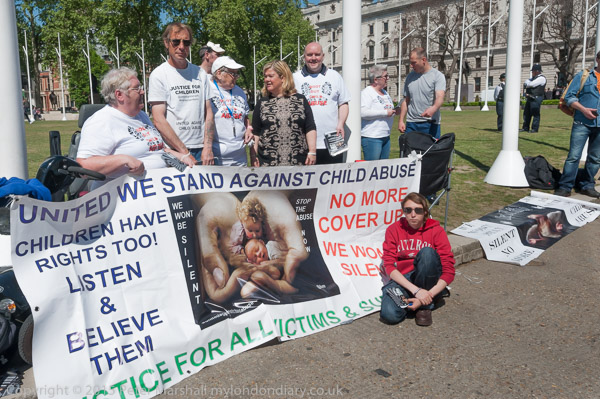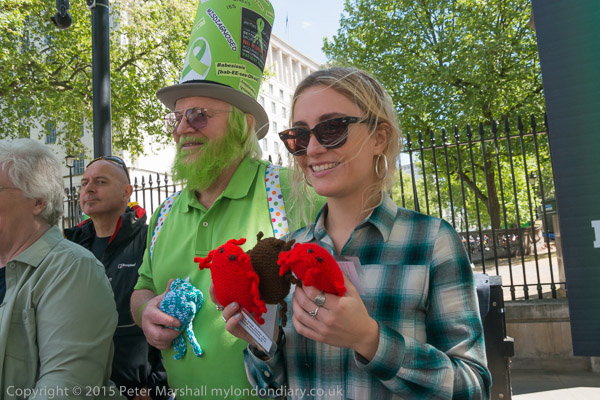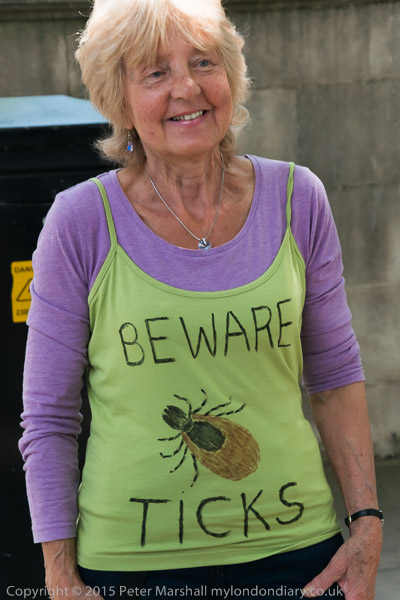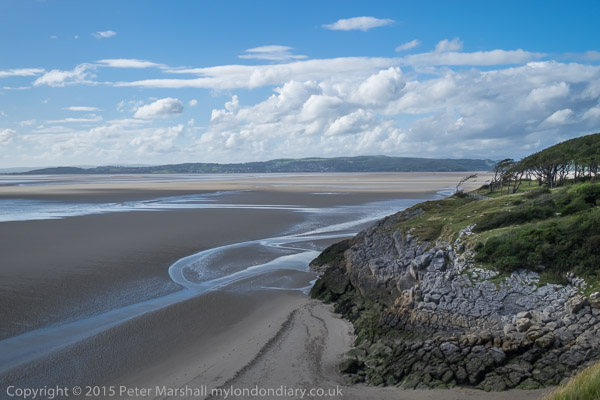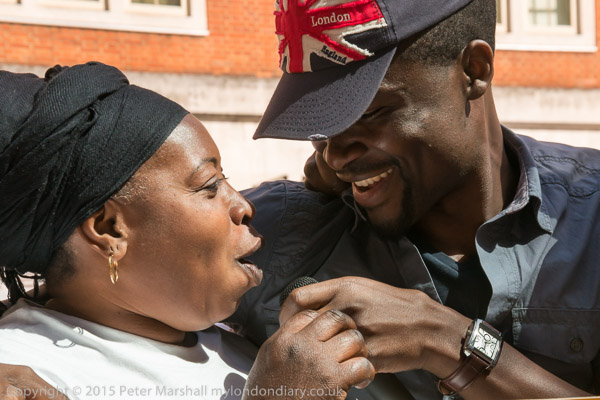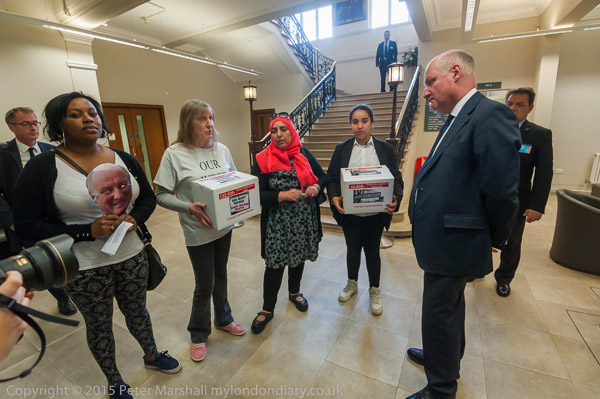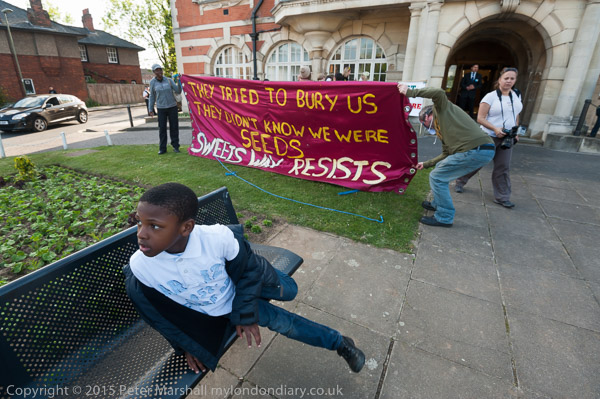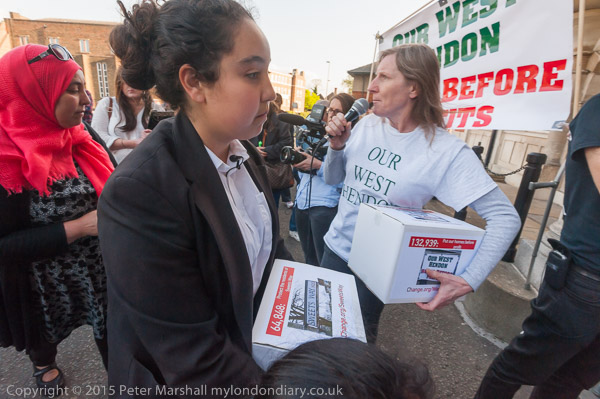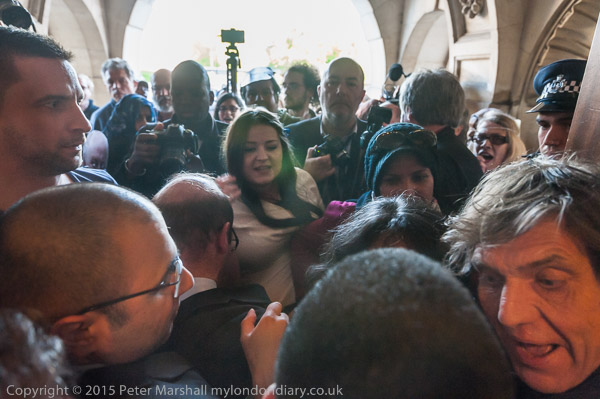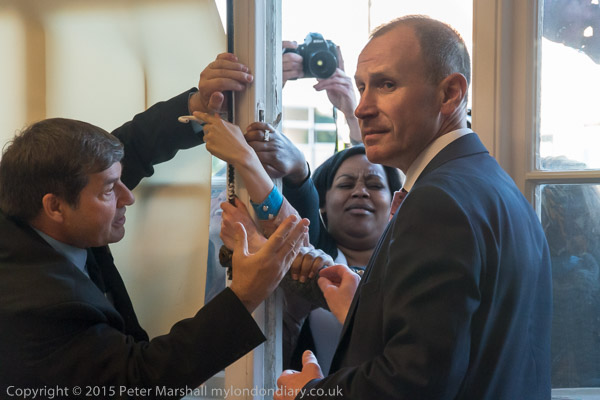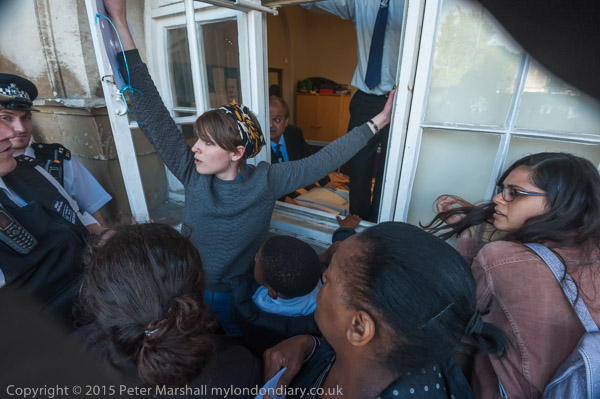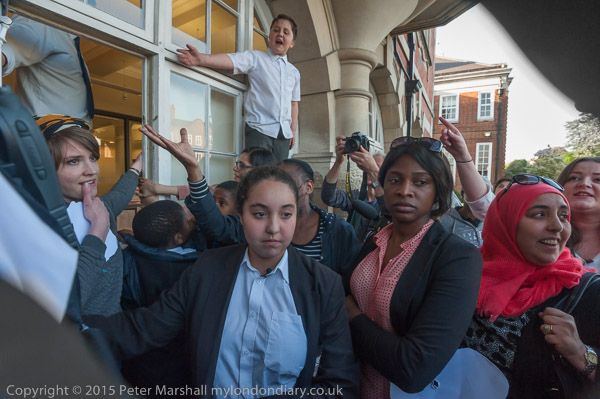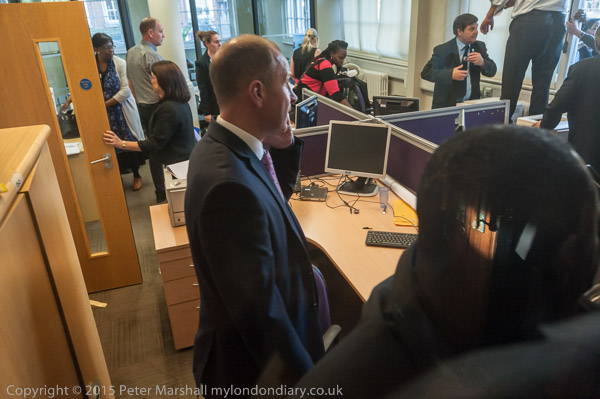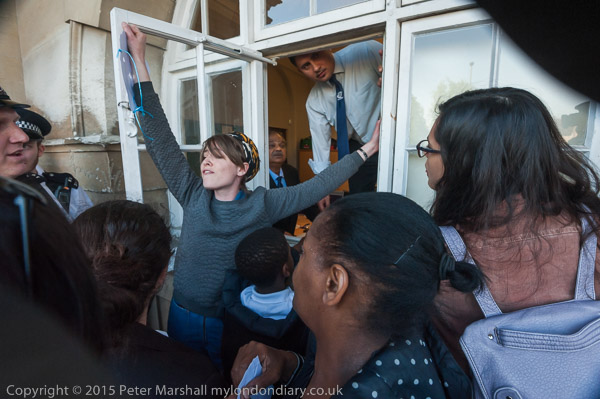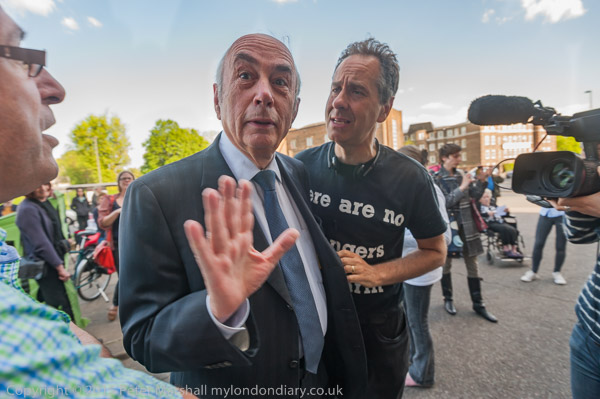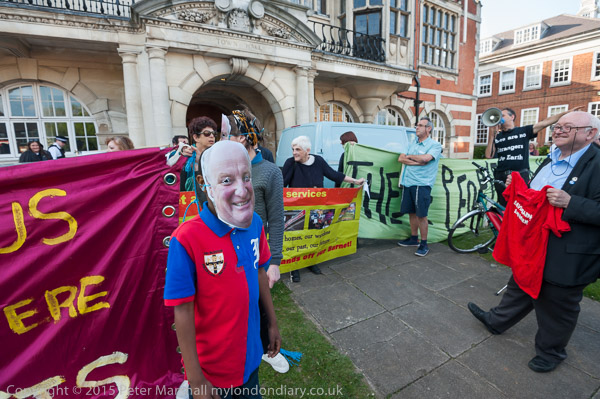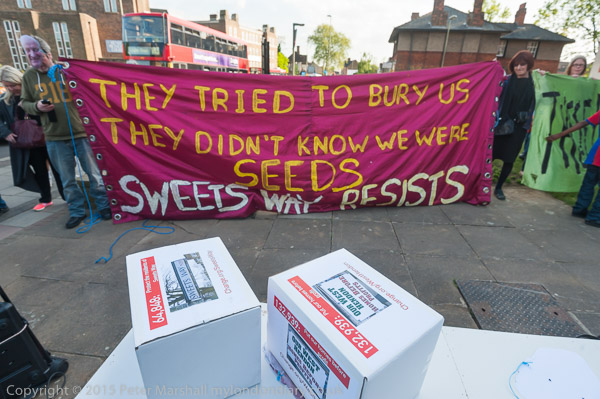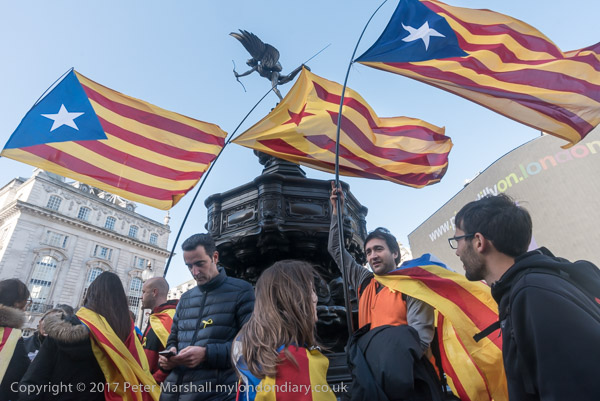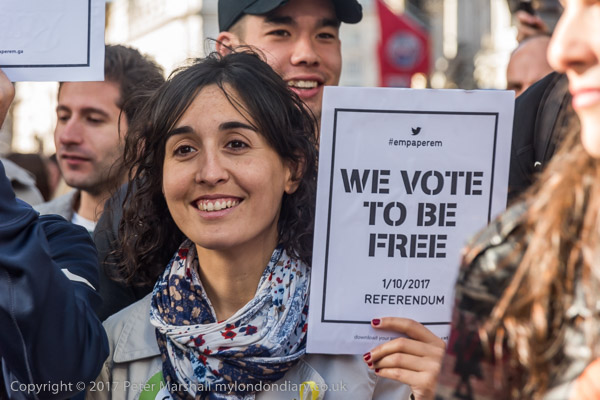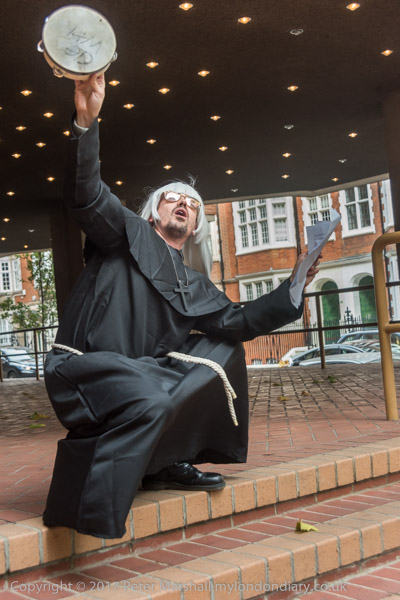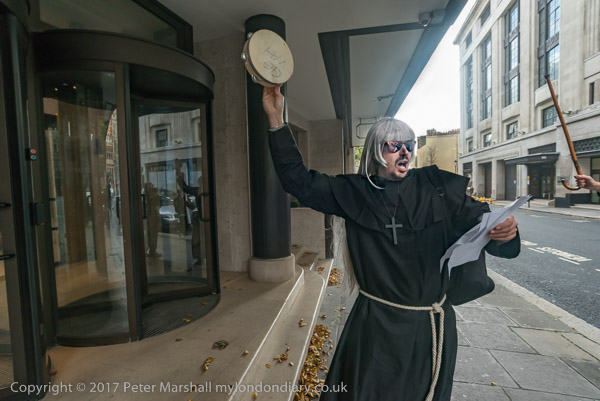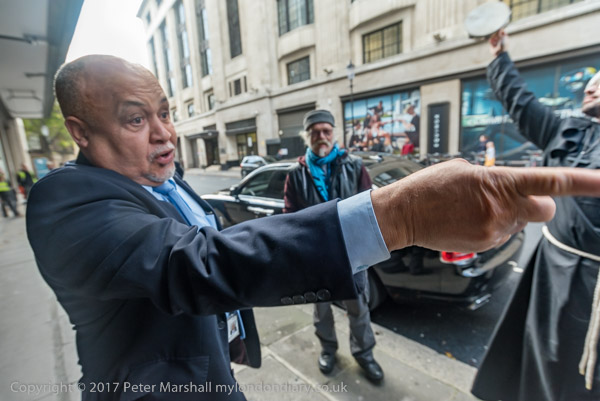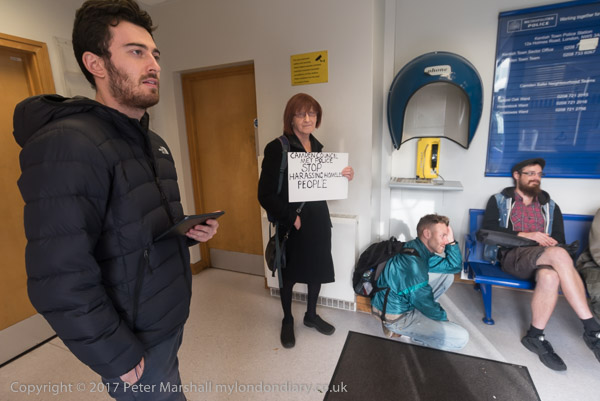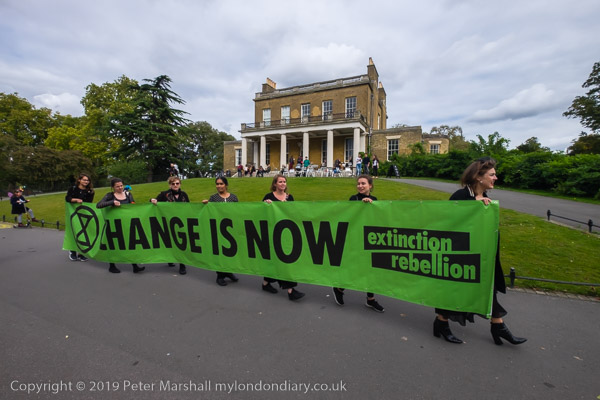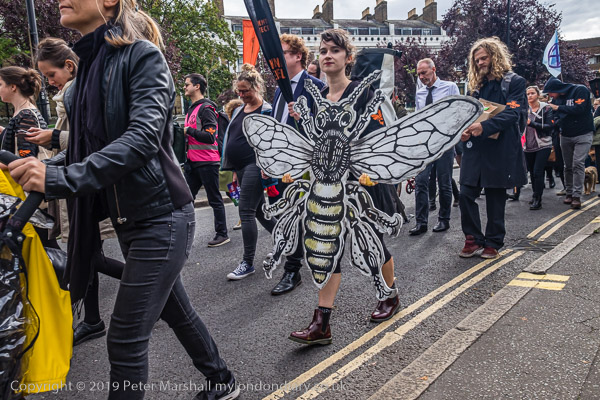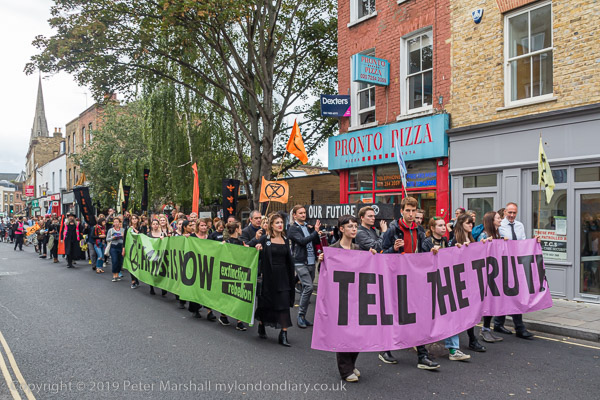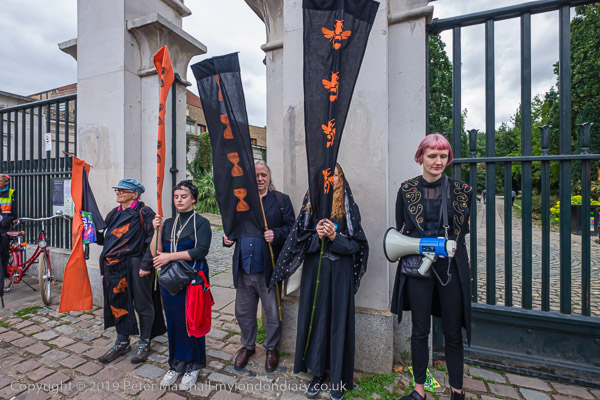Sunlight, Trinity, Town Hall & Granada continues the account of my walk on Sunday 28th May 1989. The previous post was The Alexandra, Sanitary Ware & Ace and the walk began with Lavender Hill & Wandsworth Rd – 1989.
Built 1937, architect F E Simpkins Sunlight Laundry is a fine example of Art Deco ‘moderne’ style which unfortunately some architectural historians have turned up their noses at – perhaps why this building and some others are unlisted. Clearly this should be.
The Sunlight company was founded in 1900 and expanded with branches across London and after a merger in 1928 became a national business. Until the 1960s much of its work was for middle class domestic homes, but the wider ownership of washing machines shrunk the market and it concentrated on hotels, factories and other commercial clients. Later it also became a major contractor to hospitals.
There are another three pictures of this building online (click on one of these images to go to the album to see them), and I’ve also photographed it on other occasions when passing, though usually I’ve gone past on a 37 bus and not stopped.
Sunlight became part of the Danish Berendsen group and in 2013 changed its name to reflect this. It continues in business internationally and in the UK is the leading company in textile and laundry services to the hospitality and healthcare sectors. The company was acquired in 2017 by the French laundry services group Elis, whose name and logo now label its frontage.
Trinity Homes is a Christian Charity which provides accommodation to both single and married couples over the age of 57 who are members of a Christian denomination. As it states on its frontage it was erected in 1822-4 and was built and Endowed by Thomas Bailey. Additional homes were added in 1860. Initially it was The Trinity Asylum for Aged Persons. The building is Grade II listed.
Bailey was a cut-glass manufacture in the City of London and lived in Bethal House on Trent Road in Brixton Hill behind Corpus Christi Catholic church, built on land given by Bailey. His house, built in 1768, became part of the RC primary school built on the site in 1902 but has since been demolished.
The Assembly Hall is at the west end of the Town Hall complex and this striking sculpture relieves a huge plain brick wall area. This rather plain building is covered by the Grade II listing of Lambeth Town Hall and I think dates from 1935-8 when the Town Hall was raised and extended. The striking sculpture on what the listing text calls a particularly handsome rear elevation is ‘Youth rising from the Past‘, by Denis Dunlop (1892–1959).
Lambeth Town Hall seen from Acre Lane, though my more usual views of it have been either from Windrush Square or in close-up from the bus stop on the opposite side of the road during those long waits for a No 37 bus.
I’m not a great fan of the rather pompous clock tower of this Grade II listed town hall designed by Septimus Warwick and H Austen Hall and built in 1905-8. Edwardian Baroque always seems to me a period where architecture lost its way and was given excessive funding thanks to our plundering the wealth of the Empire.
Opened in 1898 as the Empress Theatre, designed by Wylson & Long, it was reconstructed in Art Deco style by Andrew Mather, reopening in 1931 as the New Empress Theatre. It showed films on Sundays when live performances were not allowed. It closed as a theatre in 1957 and after alterations opened a month later as a cinema. Granada Brixton became a Bingo Club in 1967 and when this closed was used as a furniture store. It was demolished in 1992 and the rather ugly Pavilion Mansions built on the site.
This walk continues along Brighton Terrace in a later post.













